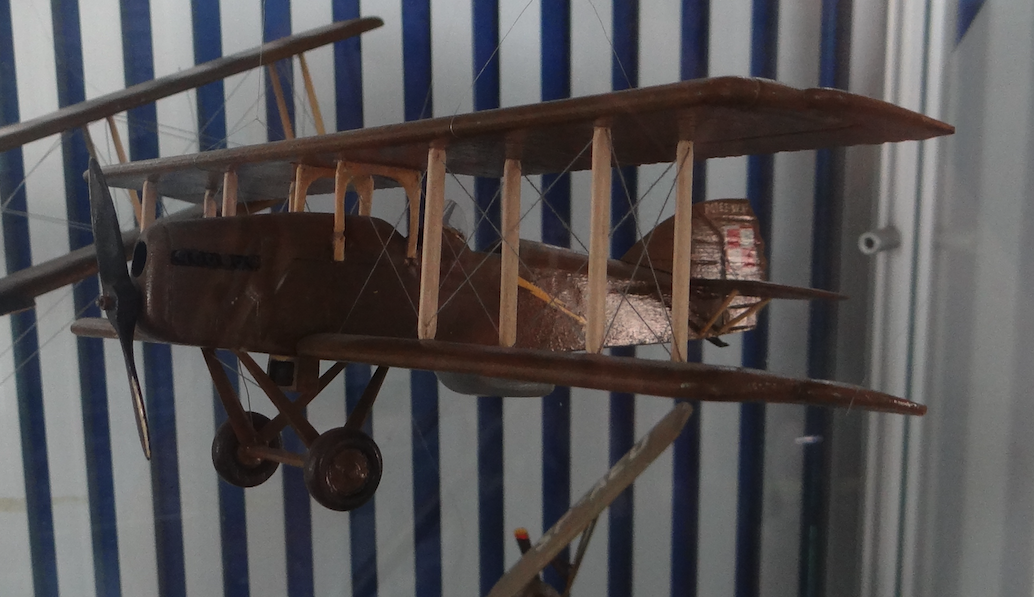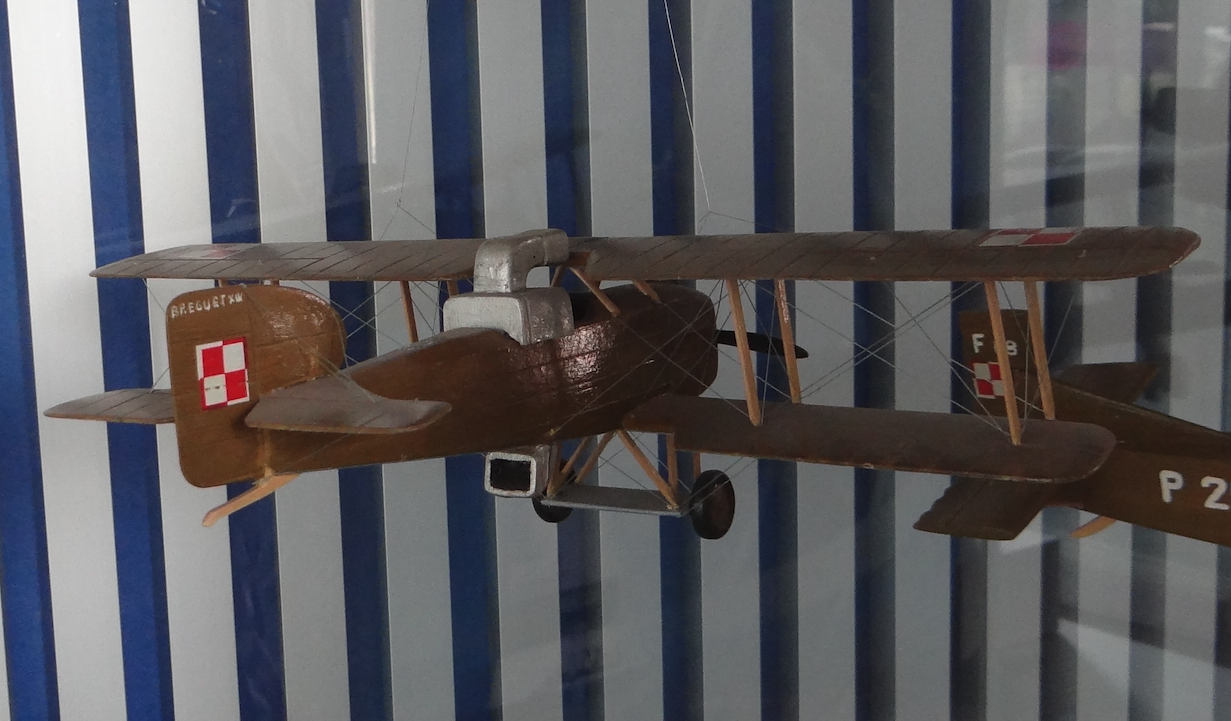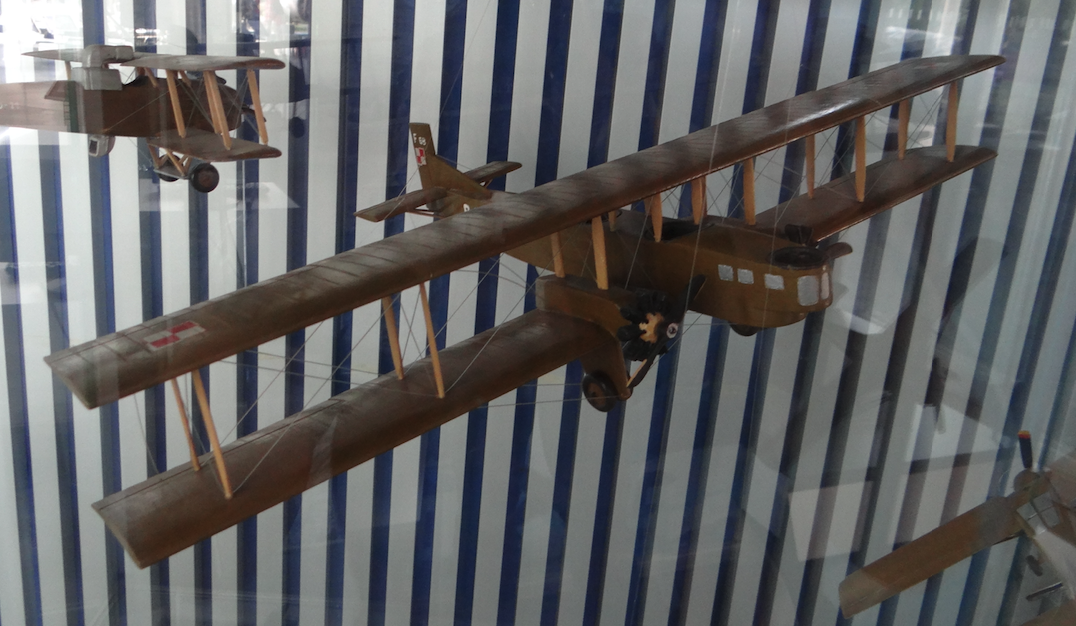Kraków 2022-12-01
The first agricultural planes in Poland.
The first agricultural aircraft in Poland were developed at the beginning of the 20s of the 20th century. Their destiny was to combat forest pests.
In the period 1922 – 1924, Polish forests in Pomerania and Wielkopolska were attacked by a pest – strigonia choinówka. During this time, the pest destroyed 1/3 of the area of state forests, i.e. about 150,000 hectares, of which 12% was completely destroyed. In addition, other pests appeared: the gypsy dandelion and the pine moth.
Strzygonia choinówka or the Christmas tree owl is a butterfly that appears in pine stands in large numbers and cyclically. The places of a sudden increase in the number of strigonia are associated with poor pine forests with scanty undergrowth or without undergrowth. Particularly in the north of the country, frequent appearances of this pest were observed, leading to significant damage to coniferous trees.
The search for effective insecticides for pest control and effective methods of their application began. The Institute of Agriculture has developed a recipe for an insecticide in powder form.
The initiative to use planes in the fight against pests came together; The Anti-Gas Defense Society and the Military Gas Institute. Professor Zygmunt Mokrzycki (1865 – 1936), entomologist and phytopathologist, head of the Department of Forest Protection of the Warsaw University of Life Sciences in Skierniewice, was appointed the task manager. The technical side was led by lieutenant colonel engineer Zygmunt Wojnicz-Sianożęcki (1881 – 1939 during the defensive war), a chemical engineer by education. He was the head of the Military Gas Institute in Warsaw, and additionally a member of the TOP Council and head of the inorganic chemistry laboratory at the Wolna Wszechnica Polska.
The technical side was developed by the Military Institute of Technology. Tanks for the insecticide and a spray system were made at the institute. The assembly of the device was carried out in the Central Aviation Workshops in Pole Mokotowskie. The Potez XV A2 aircraft, which was transferred from the 1st Aviation Regiment in Warsaw, was used for the first test. The crew of the aircraft was Lieutenant Pilot Kazimierz Kalina, a test pilot in CWL. In the second cabin sat the observer Stanisław Krajewski from the 4th Aviation Regiment in Toruń, who operated the apparatus.
Potez XV A2 Nb 40.41. The dusting apparatus consisted of two flat tanks, and trapezoidal ones in the side view, with the narrow end directed downwards. Each tank had a capacity of 25 liters and had a separate installation. The tanks were attached to the sides of the hull with steel straps.
The first attempt was made on June 10, 1925, in the area of the Mościn Forest District, near Nowe Miasto Lubawskie, in the Toruń Directorate of State Forests. At that time, lime arsenate was sprayed over an area of over 20 hectares, namely a rectangle measuring 142 m x 1,500 m. The insecticide was used against the gypsy moth. The monk moth or nun moth (lymantria monacha) – a species of butterfly from the moth family and the gypsy subfamily.
The trial went well overall, but there were caveats. The plane turned out to be too heavy and difficult to fly low over the treetops. Therefore, a decision was made to use the Breguet XIV aircraft. Changed tanks to more streamlined ones. Breguet XIV A2 Nb 10.11. The aircraft had two chemical tanks with a capacity of 30 liters each. A version with one 250 liter chemical tank has also been developed. The tank was mounted in the second cabin. An aircraft with such a tank was used to dust sugar beets.
The second attempt was also made over the forests of the Mościn Forest District on July 13, 1925. The Breguet XIV A2 aircraft was piloted by Lieutenant Karol Fiałkowski, a test pilot in CWL. The observer, Stanisław Krajewski, was sitting in the second cabin. The effects of the work were positive. The number of pests has clearly decreased.
In 1927, a decision was made to protect the fields from pests. The task was led by doctor Andrzej Chrzanowski (1884 – 1950), entomologist and phytopathologist, head of the Department of Phytopathology at the Supreme Council of the Polish Sugar Industry. The aim was to protect sugar beet crops from pests. In August 1927, the plantation with an area of 25 hectares was dusted. The field belonged to the Michałów sugar factory and the Leszno estate, not far from Błonie. The Breguet XIV A2 aircraft was borrowed from the army. The plane was piloted by Sergeant Władysław Nowak. The operator sat in the second cabin. Sugar beets were attacked by the fungus cercospora beticola. The so-called Scandinavian powder, i.e. a mixture of copper sulphate, burnt lime and coal dust, was used in dusting.
Also in the summer of 1927, the forests near Włocławek were attacked by the pine beetle (dendrolinus pini). The pest attacked around 3,000 hectares of forest, of which over 600 hectares were completely destroyed. The management of the Warsaw State Forests decided to carry out dusting with an anti-pest preparation. The action was carefully prepared and was supposed to be the beginning of standard activities in forest protection. Pollination was carried out on October 24 – 27, 1927, near the village of Kowal, in the Włocławek Forest District.
The scientific side was handled by Dr. Ryszard Błędowski (1886 – 1932), an entomologist, professor of zoology at the Free Polish University in Warsaw. Lieutenant Colonel Aleksander Zdankiewicz (1880 – 1940), head of the Technical Department of the Military Gas Institute, was responsible for the technical side.
The Farman F-68 Goliath bomber was selected for the test. The aircraft has a tank for chemicals with a capacity of 650 liters. The pilot was senior sergeant Kazimierz Korczak from the 1st Air Regiment in Warsaw. The operator of the device and the observer was Lieutenant Zygmunt Zborowski, also of the 1st Aviation Regiment in Warsaw. Since the Farman F-68 Goliath aircraft was handed over relatively late, dusting near Włocławek was carried out very late, when the feeding period of the caterpillars was ending. Plus, the weather was bad. Therefore, the test gave unreliable results. In addition, Farman F-68 Goliath aircraft had failed engines. During one of the flights, one engine stopped working and the pilot had to make a forced landing on stubble. The landing resulted in damage to the aircraft’s landing gear. Of the planned area of 100 hectares, which had to be covered twice, only 43 hectares were covered. Approximately 1,600 kg of insecticide was used.
It is difficult to obtain planes from the military and they have problems with their engines. It decided to stick with ground dusters, which were cheaper to use, more reliable to use at the right time of the year, and above all, they were always available. By 1939, no other trial of dusting forests and farmland had been conducted.
Written by Karol Placha Hetman



